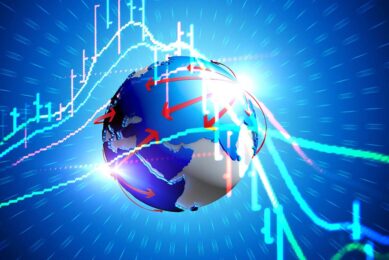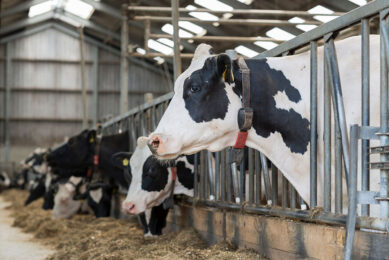IFCN: More milk needed by 2030

Between now and 2030, growth of worldwide demand for milk and milk products will be 3 times the level of current US milk production, this was one of the main findings of the latest publication from the IFCN.
The Dairy Research Network (IFCN) discussed these outcomes at the 19th IFCN Dairy Conference, which was held this week in Ireland.
Demand to increase by 35%
Today, about 876 million tonnes of milk is produced worldwide with Oceania, EU and India among the leading producers. But how much additional milk is needed in 2030? Dr Torsten Hemme, Managing Director of the IFCN, stated: “More milk will be needed on the market. The increase of demand is not only due to more people living in the world, but also the per capita consumption will increase, due to growing prosperity and worldwide investments in dairy product development.” The founder of IFCN underlined that the increased demand will be covered by higher global milk supply. The dynamics of structural changes of dairy farms internationally will continue and farms will intensify their farming systems. Dr Hemme said that ‘by 2030, IFCN forecasts an increase in milk production and demand in total by 35%’.
Biotechnology and big data
A key topic at the conference was the future role of new technologies in milk production. The most significant developments that are expected in the future are in biotechnology and big data. Robert Walker from the Alltech Company observed: “New technologies will come from the capacity to collect more data. Think about drones, blockchains, picture analysis. Better technology will also help to interpret data to make production more efficient and help to safeguard resources.” Georg Kaufman from DSM added: “Let’s not forget the greenhouse gas emissions of the dairy sector. There are possibilities to reduce them via new technologies.”
Climate anomalies and economics hinder growth
The short-term IFCN Outlook points towards a continuing increase in milk supply worldwide. In 2017, world milk production grew by nearly 4%, which is significantly higher than the growth level achieved in 2016. However, growth has started to slow down significantly in 2018. Key factors in the slower growth in 2018 are climate anomalies in New Zealand, the EU and Argentina and a challenging economic situation for dairy farmers in the United States.
For the second half of 2018, IFCN expects supply and demand growth to be more aligned, with an expected world milk price level of US$ 35-37 per 100kg, or € 30-32 per 100 kg, NZ$ 6.4 -6.7 per kg solid and US$ 15-16 /cwt.
Author: Muzaffar Yunusov, IFCN
Join 13,000+ subscribers
Subscribe to our newsletter to stay updated about all the need-to-know content in the dairy sector, two times a week.










